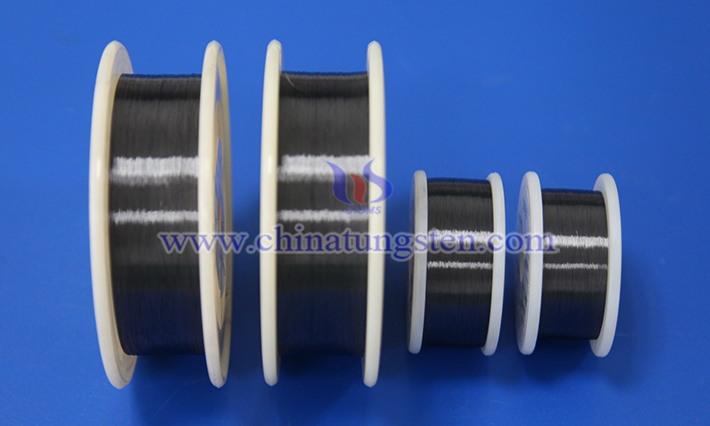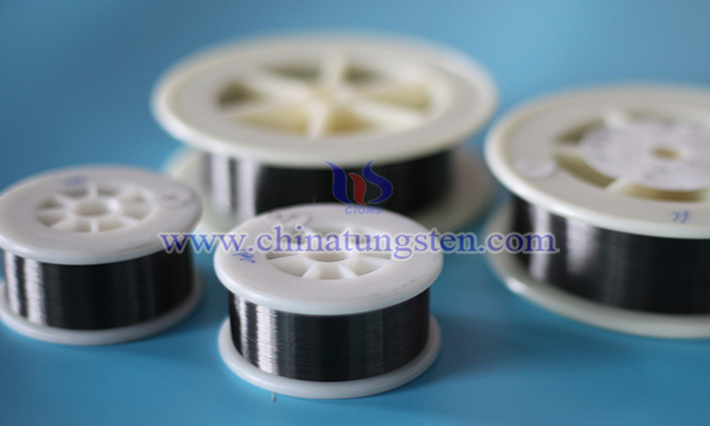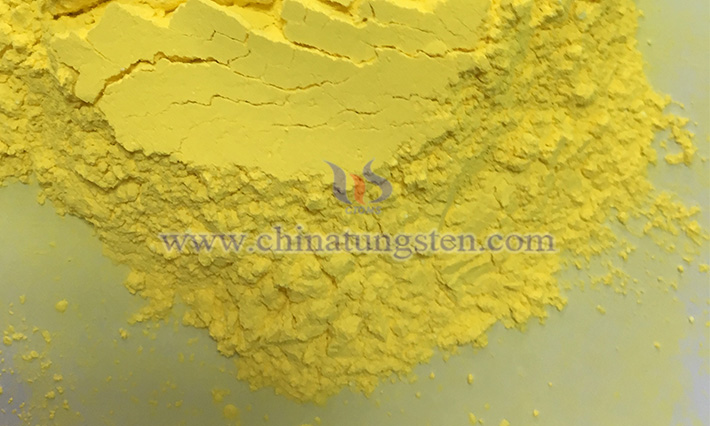How to Choose the Right Cut-Resistant Tungsten Wire?
- Details
- Category: Tungsten Information
- Published on Wednesday, 02 April 2025 19:49
- Written by Zhenghua
- Hits: 262

How to choose the right cut-resistant tungsten wire? When choosing a cut-resistant tungsten wire, you need to consider a number of key factors to ensure that it meets the needs of specific applications. The following are the key points to pay attention to when choosing:
Read more: How to Choose the Right Cut-Resistant Tungsten Wire?
Application of Cut-Resistant Tungsten Wire in Aerospace
- Details
- Category: Tungsten Information
- Published on Wednesday, 02 April 2025 19:46
- Written by Zhenghua
- Hits: 270

As a special metal wire, cut-resistant tungsten wire has high strength (tensile strength 3600-4000N/mm²), high temperature resistance (melting point 3422℃), micron-level dimensional accuracy and excellent flexibility, forming a unique application system in the aerospace field.
Read more: Application of Cut-Resistant Tungsten Wire in Aerospace
Innovation in Cut-Resistant Tungsten Wire for Industrial Cutting
- Details
- Category: Tungsten Information
- Published on Wednesday, 02 April 2025 19:38
- Written by Zhenghua
- Hits: 269

In the field of industrial manufacturing and processing, cutting technology has always been an indispensable core link. With the rapid development of science and technology, cutting tools and materials are constantly being innovated to meet the growing demand for precision, efficiency and durability. Against this background, cut-resistant tungsten wire, as an emerging high-performance cutting material, is gradually emerging and is expected to bring revolutionary changes to the field of industrial cutting.
Read more: Innovation in Cut-Resistant Tungsten Wire for Industrial Cutting
Cut-Resistant Tungsten Wire: a Revolutionary Material for Industrial Applications
- Details
- Category: Tungsten Information
- Published on Wednesday, 02 April 2025 19:43
- Written by Zhenghua
- Hits: 271

In the evolution of industrial materials, every key breakthrough is accompanied by a leap in production efficiency and the expansion of technological boundaries. As a new generation of high-performance materials, cut-resistant tungsten wire is triggering an industrial revolution across precision manufacturing, new energy, medical and other fields with its subversive physical properties and a wide range of application scenarios.
Read more: Cut-Resistant Tungsten Wire: a Revolutionary Material for Industrial Applications
Exploring the Mystery of Yellow Tungsten Oxide: Unlocking the Mysteries of the Magical Substance
- Details
- Category: Tungsten Information
- Published on Sunday, 30 March 2025 15:40
- Written by Xiaoting
- Hits: 279

Yellow tungsten oxide (WO₃), produced by CTIA GROUP LTD, is a chemically distinctive compound. It appears as a fine yellow powder, insoluble in water yet soluble in alkaline solutions, with limited solubility in acids. Composed of one tungsten atom (W) bonded with three oxygen atoms (O), this atomic arrangement endows WO₃ with unique physical and chemical properties.





 sales@chinatungsten.com
sales@chinatungsten.com